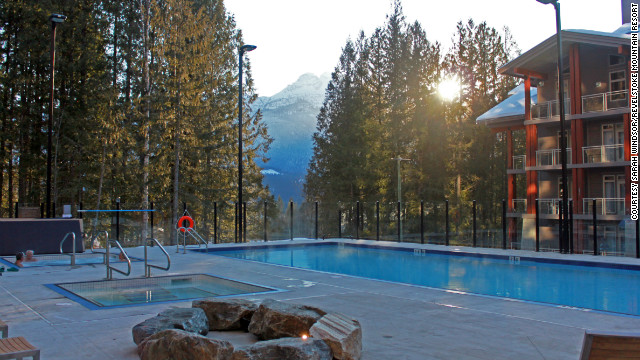Allspice and heirloom roses scent the garden where Robert Bornstein starts his work day at his home, tending plants meant not for show but for healing.
"We have 35 years of scientific documentation to tell us we were meant to be with nature,? says Bornstein, potting an Everglades tomato that his seniors with limited mobility can grow indoors. ?I need at least ten minutes in the garden or I?m no good.?
Bornstein?s work, called horticultural therapy, uses gardens and gardening activities to improve memory,, physical coordination, rehabilitation and social skills. According to Elizabeth Diehl, editor-in-chief of the Journal of Therapeutic Horticulture, a growing body of research shows horticulture therapy?s benefits among older populations.
?Having access to natural spaces reduces violent behavior in Alzheimer?s patients,? Diehl says.
As hospitals and treatment centers become aware of the benefits, they are adding horticultural activities to their recreational therapy programs. Bornstein, who began his career working with patients who had been declared criminally insane, now has a busy practice serving 40 senior residence facilities across South Florida and charges roughly $90 an hour for his services.
Ten minutes slip to thirty.
?I?m late!? he realizes, and jumping into his Prius, guns it to Deerfield Beach.
"You see, ladies? He?s always running," Geraldine Markiewicz, a retired first-grade teacher, tells fellow Horizon Club residents as the therapist races into the assisted living facility bearing bags of materials for a flower arranging hour. Fifteen residents range around the common area, some in wheelchairs. Bornstein passes around thimble-sized plastic containers that look like champagne glasses, followed by sprigs of eucalyptus, cattails and dried flowers. Each person selects an element, decides its arrangement, and attaches it to a thumbnail of floral foam with all the hand-eye coordination he or she can muster.
Neuropathy, rheumatoid arthritis and the shaking hands of Parkinson?s disease can make such fine movements difficult. Yet as the arrangements take shape, no bigger than a salt shaker, they look as fine as if a caterer had created them for a wedding table.
Activities Assistant Gwenda Rodriguez stands by as a resident who can barely move wills her hands to place a purple flower in the cup. The woman?s face beams. She has made the most elegant arrangement of all.
* * *
Elena Naranjo used to be an assistant director at a mental health center, dealing with continual crisis management. Then she got a license in permaculture, the design of holistic living spaces based on sustainable agriculture. ?I think there?s a very healing application working with nature. It?s where I wanted to end up,? Naranjo says.
Now she, a small staff, and the homeless and formerly homeless families of Verde Gardens, a 145-unit affordable housing community of Miami-Dade Homeless Trust and Carrfour Supportive Housing, are reaping their first full harvest on the Farm at Verde Gardens.
Modeled on the Homeless Garden Project in Santa Cruz, Calif., the 22-acre farm on former Homestead Air Reserve Base land offers skills and business opportunities to community members like Xavier Wright, as well as fresh food
?I?m an outdoor person. My grandparents grew cotton and peaches,? says 25-year-old Wright who arrived at the Chapman Partnership homeless shelter a single father with full custody of his autistic son. ?I love this,? he says, setting pigeon pea seedlings in the soil.
Source: http://www.miamiherald.com/2013/01/27/3200386/healing-gardens-horticulture-therapy.html
amazing race Cam Cameron Ada Lovelace 12/12/12 manny pacquiao Chopper Live jerry brown



 The system's performance and reliability are the primary reasons you get a workstation over a standard business PC, and the ThinkStation C30 has a lot of it. The system's two six-core Xeon processors make short work of most tasks, surprising considering the processors are "only" clocked at 2GHz standard (2.5GHz with Turbo-Boost). The C30's Photoshop CS6 (4 hours 17 minutes) and Handbrake video encoder test (1:45) scores are good, though the business-class Apple iMac 27-inch (Late 2012) is faster due in part to its use of Apple's Fusion drive.
The system's performance and reliability are the primary reasons you get a workstation over a standard business PC, and the ThinkStation C30 has a lot of it. The system's two six-core Xeon processors make short work of most tasks, surprising considering the processors are "only" clocked at 2GHz standard (2.5GHz with Turbo-Boost). The C30's Photoshop CS6 (4 hours 17 minutes) and Handbrake video encoder test (1:45) scores are good, though the business-class Apple iMac 27-inch (Late 2012) is faster due in part to its use of Apple's Fusion drive. 





